Keystone XL Opponents On 210,000-Gallon Spill: We Warned You
In April 2016, just five months after President Barack Obama rejected the proposal to build the Keystone XL pipeline, the existing Keystone pipeline leaked 17,000 gallons of oil onto private land in southeastern South Dakota. For Art Tanderup, a Nebraska farmer who spent the last five years crusading to keep TransCanada from building the conduit over his modest 160 acres, the spill confirmed his worst fears.
He was even more distraught when President Donald Trump reversed course and announced he would approve Keystone XL pipeline days after taking office in January. Now, Tanderup’s concerns seem even more warranted, after the existing Keystone pipeline spilled again on Thursday, this time leaking 210,000 gallons ― 12 times more toxic tar sands oil than before ― on a grassy field in the remote northeastern corner of the Mount Rushmore State. It is the largest spill in Keystone’s history.
“We’re religious people,” Tanderup, 65, told HuffPost by phone on Friday. “It makes you think maybe the creator is sending us a strong message.”
Keystone XL was the subject of seven-year fight between environmentalists and the Obama administration before Trump reversed course. Native activists in the Standing Rock Sioux Reservation ― roughly 200 miles from the latest spill site in Amherst, South Dakota ― waged a monthslong battle to stop the Dakota Access Pipeline, which Trump pushed ahead earlier this year. Environmentalists, tribes, concerned ranchers and scientists have been saying for years that the potential for catastrophic spills ― and the impacts they would have on land and water ― far outweigh the perceived benefits of new pipelines.
Pipelines reduce the cost of shipping crude by train ― an expense an industry struggling with low oil prices has been eager to eliminate. Trump vowed to jumpstart the United States economy by promoting fossil fuels, slashing environmental regulations and making it easier for drilling and pipeline projects to begin. He signed an executive action in January making Keystone XL and the Dakota Access pipeline top priorities. The State Department approved Keystone XL in March, the same month the Army approved completion of Dakota Access without an environmental study. Thousands of demonstrators, including members of dozens of indigenous tribes, descended on the nation’s capital in protest, demanding that the Trump administration respect native sovereignty.
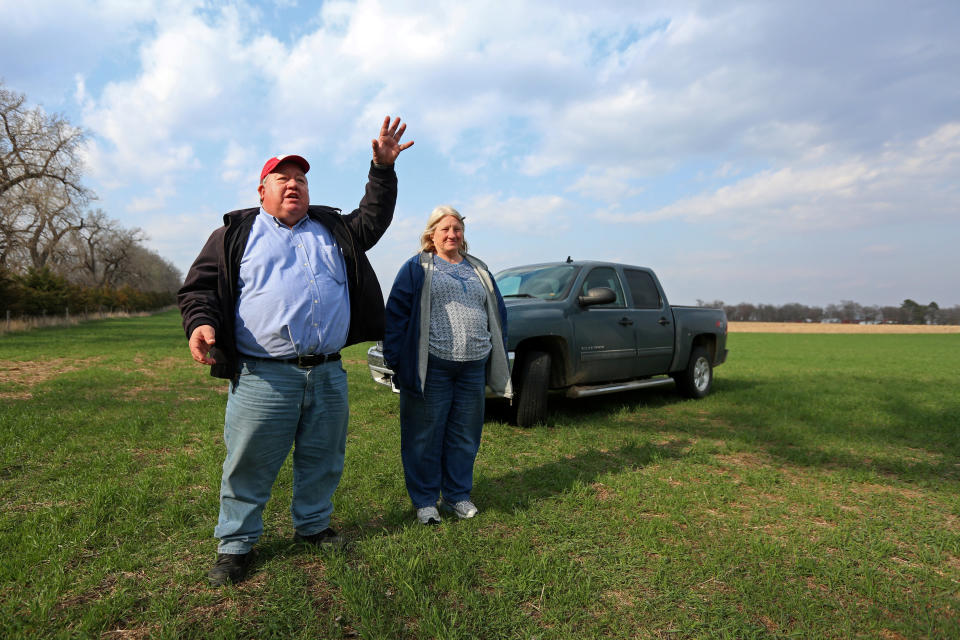
Construction on the Dakota Access pipeline finished a month later. In August, the Nebraska Public Service Commission began contentious hearings to assess whether Keystone XL would benefit the state. The regulators are scheduled to vote Monday on whether to approve the pipeline, but are barred under state law from considering the South Dakota spill in their decision.
The proposed 1,179-mile pipeline would, as the name implies, extend a shortcut for Canadian tar sands pumped through the existing Keystone Pipeline to refineries in Texas. It would carry 830,000 barrels of oil per day, producing emissions equivalent to putting 5.6 million new cars on the road, according to estimates from the environmental nonprofit Friends of the Earth. Oil from tar sands ― a noxious mix of sand, clay and bitumen, a thick, viscous oil ― is considered one of the dirtiest fossil fuels.
The proposed route through Nebraska traverses the Sandhills, a region of ancient prairies and sand dunes. It would also cut through the Ogallala, the largest aquifer in North America, at times going underwater. The rock formation, spongey with gravel, silt, sand, and clay, formed 10 million years ago and replenishes very slowly from surface rivers and streams. The water level is particularly close to the surface in Nebraska, making it especially vulnerable in a spill.
In a 2011 analysis, University of Nebraska professor Dr. John Stansbury concluded that TransCanada “made significant flawed and inappropriate assumptions about the frequency and severity of expected spills from its pipelines.” While the company estimated Keystone XL would have 11 spills of 50 barrels or more over a 50-year period, Stansbury pegged the figure at 91. He also estimated there would be approximately two major spills per year, some potentially releasing as much as 180,000 barrels.
For its vote Monday, the Public Service Commission cannot “evaluate safety considerations, including the risk or impact of spills or leaks from the major oil pipeline,” according to rules laid out in Nebraska’s Major Oil Pipeline Siting Act of 2011.
However, the law allows the commission to consider “economic and social impacts,” compliance with state and local regulations, and evidence that the pipeline would damage or deplete natural resources.
Deb Collins, a spokeswoman for the Public Service Commission, declined to comment on how the Keystone spill would factor into Monday’s decision, and referred HuffPost to the statute.
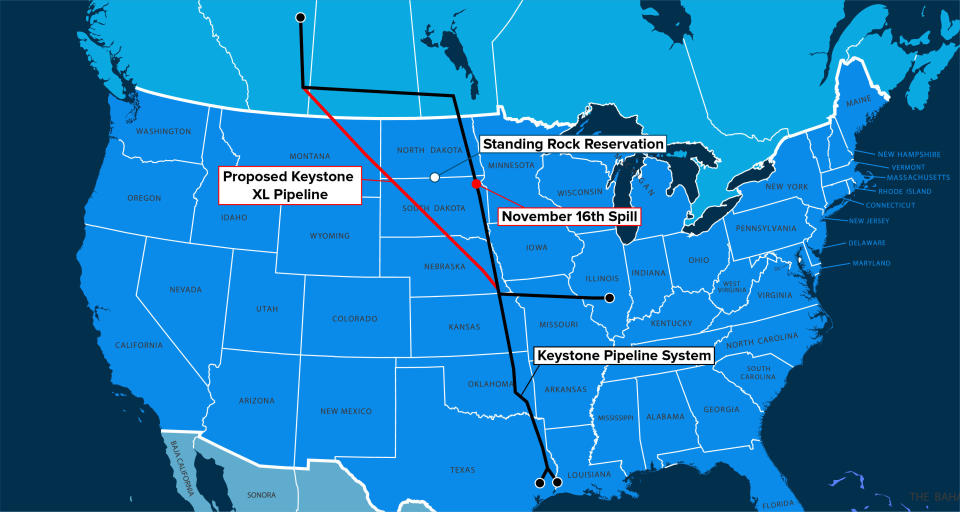
“The Public Service Commission rules say they cannot factor in safety,” Tanderup said. “But, good heavens, I don’t know how you could be a sane person and not say, ’Wow, this could happen in our Sandhills, our Ogallala aquifer, and look at the disaster we’d have.”
The latest spill is “an awful incident, and it reinforces everything that we’ve been saying all along,” said Jane Kleeb, president of Bold Nebraska, a progressive group fighting against Keystone XL. “There’s literally no public interest that this pipeline would bring.”
David Domina, the lawyer representing the 90 Nebraska landowners opposed to the pipeline, said it’s the commission’s duty to ignore the spill in South Dakota. But he’s confident the commissioners will reject TransCanada’s request.
During the trial over the past year, TransCanada failed to defend their two main arguments for how Keystone XL would benefit Nebraska, he said.
The company initially promised a jobs boom, but offered no rebuttal when an economist using the firm’s own data calculated that the project would yield only nine permanent positions and less than one-fifth of the temporary construction gigs initially outlined.
TransCanada pitched the pipeline as a steady stream of tax revenue, but limited its forecasts to 15 years. By the 16th year, the tax gains for the state would drop off to zero. Because the company planned to operate the pipeline for 50 years, that means the conduit would be a drain on state resources for 35 years. Domina said that would cost at least $14 million, not counting indirect expenses such as if the company ever called on state police, used highways or required a truck to be weighed.
The company also failed to justify the proposed route for the pipeline, Domina said. The firm insisted it could not alter the route through Nebraska due to legal restrictions in South Dakota, where the Keystone pipeline is located. But during cross examination, a company engineer admitted TransCanada based that argument on a narrow work permit technicality.
“The trial proceedings were not beneficial or favorable to TransCanada,” Domina told HuffPost by phone. “They were a disaster for TransCanada and a success for the landowners.”
TransCanada did not return emails requesting comment Friday. Bu in a statement posted to its website, the company said, “The safety of the public and environment are our top priorities and we will continue to provide updates as they become available.”
For Allison Reville, a political activist and member of the Sisseton Wahpeton Oyate Sioux Tribe, the incident this week is exactly what she and other pipeline opponents have been warning about and knew would happen. Wahpeton’s reservation is located approximately 30 miles east of the site of the spill.
“This is a big deal,” she said, adding that she fears the spill could leave the aquifer system and local drinking water contaminated.
While the cleanup effort will be important, Renville said she hopes the incident will discourage officials from approving Keystone XL and serve as a wake-up call for the residents of red South Dakota, in particular the farming community.
“We’ve been talking, myself specifically, for the last year — ’Where is South Dakota? Where are our famers? Why isn’t anybody sticking up for us? Where is everybody else downriver?’” she said. “We’ve been asking people to stand in solidarity with us and to help us protect the water, to help us protect the land. Just as much as we hold all of our resources sacred, there’s a farming community who rely on everything too.”
“We need people to wake up and realize that this isn’t just a threat to Native American life,” she added. “This is a threat to everything that we know.”
Related...
Trump Signs Executive Orders On Keystone XL, Dakota Access Pipelines
Nebraska Farmer Politely Schools Fox News Host On Dangers Of Keystone XL Pipeline
Dakota Access Company Cozied Up To Ohio Officials. Then A Pollution Nightmare Began.
Also on HuffPost
Love HuffPost? Become a founding member of HuffPost Plus today.
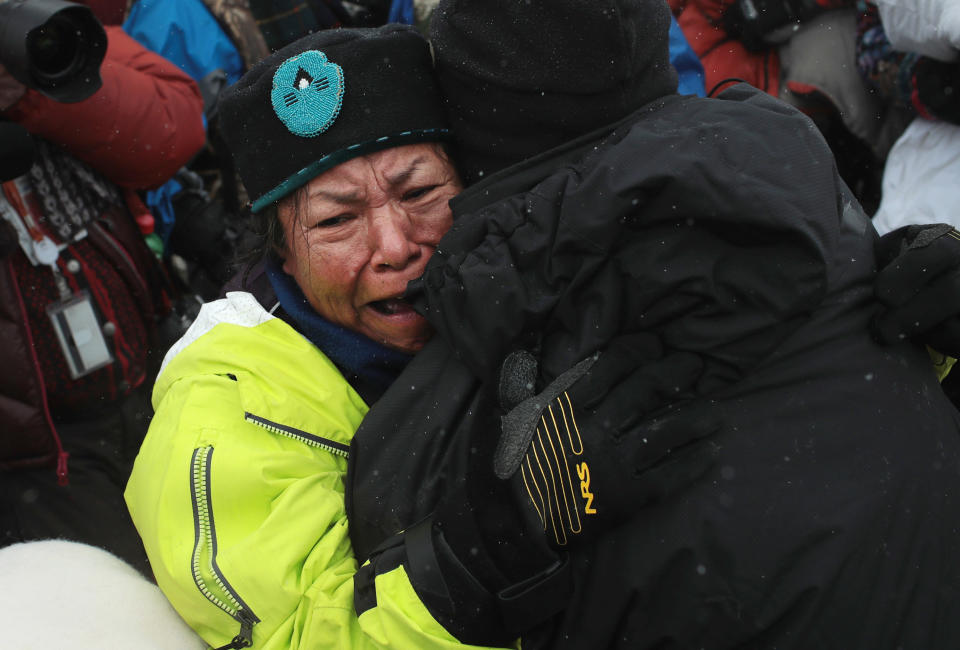
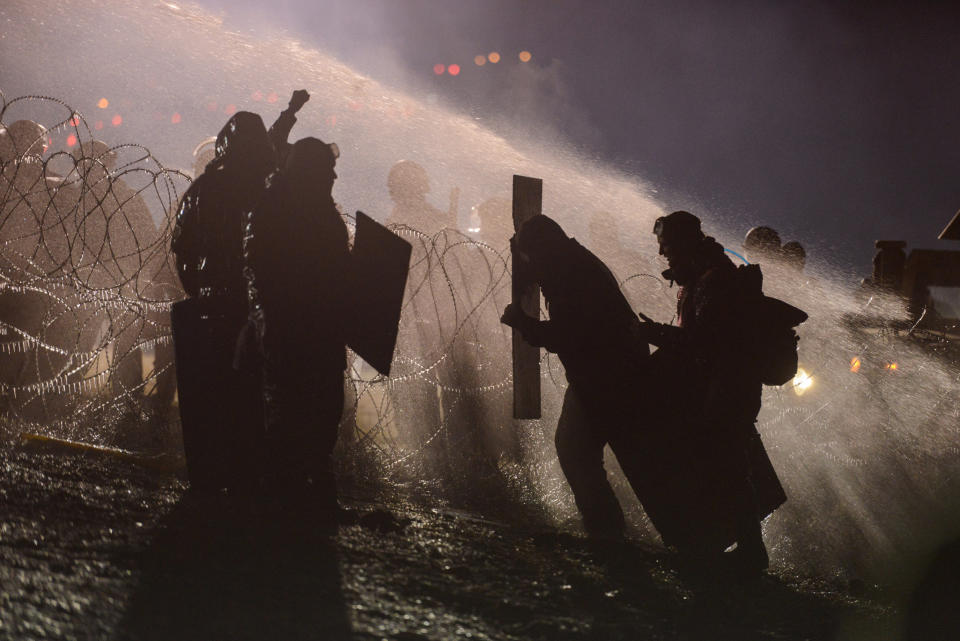
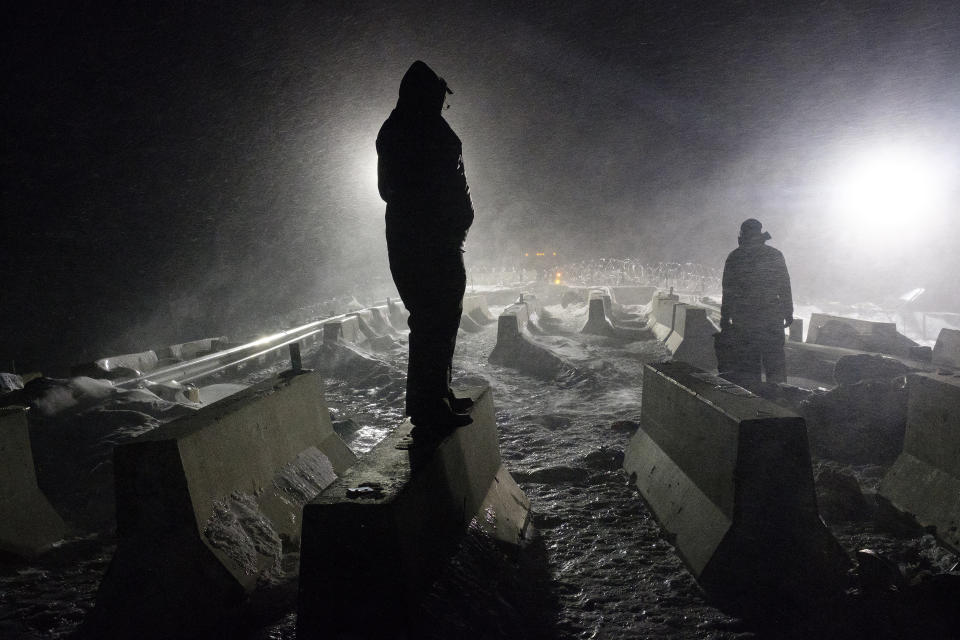

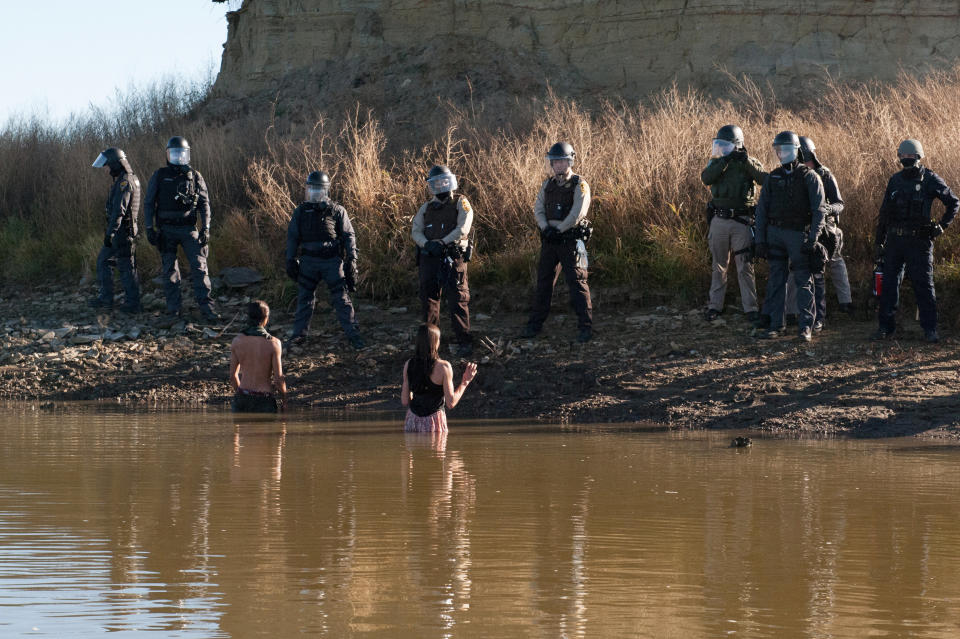
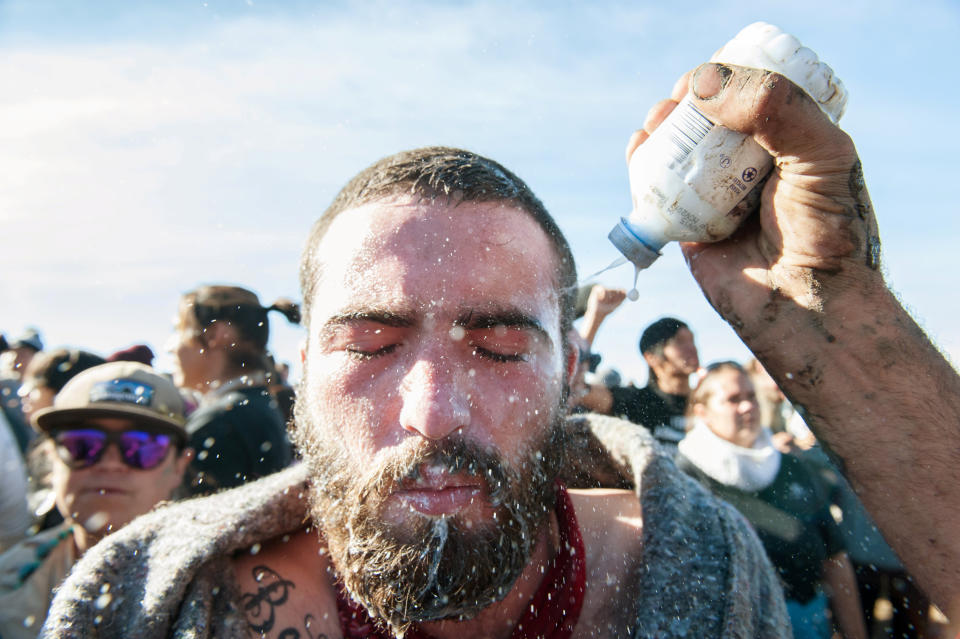
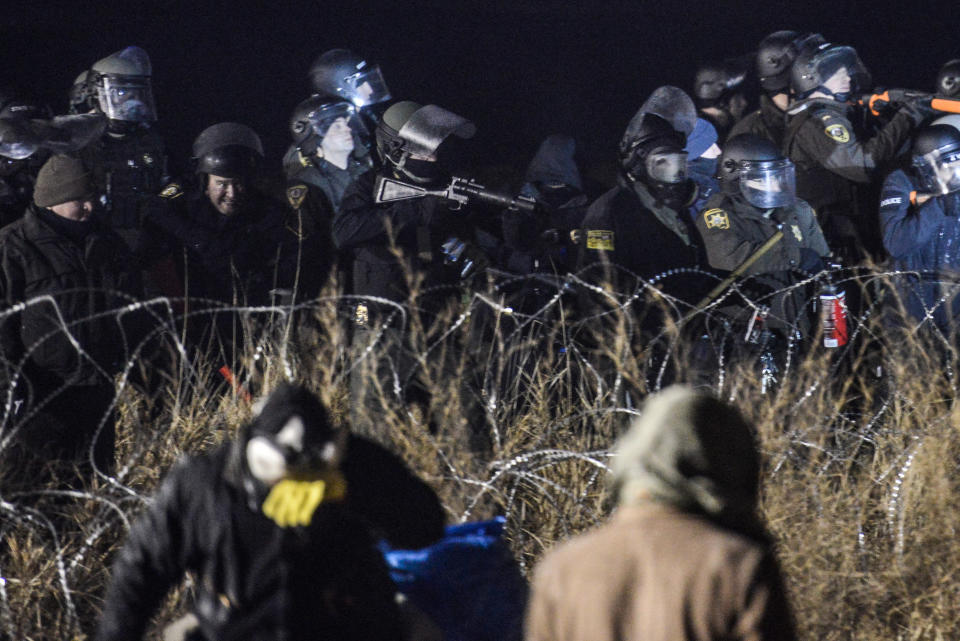
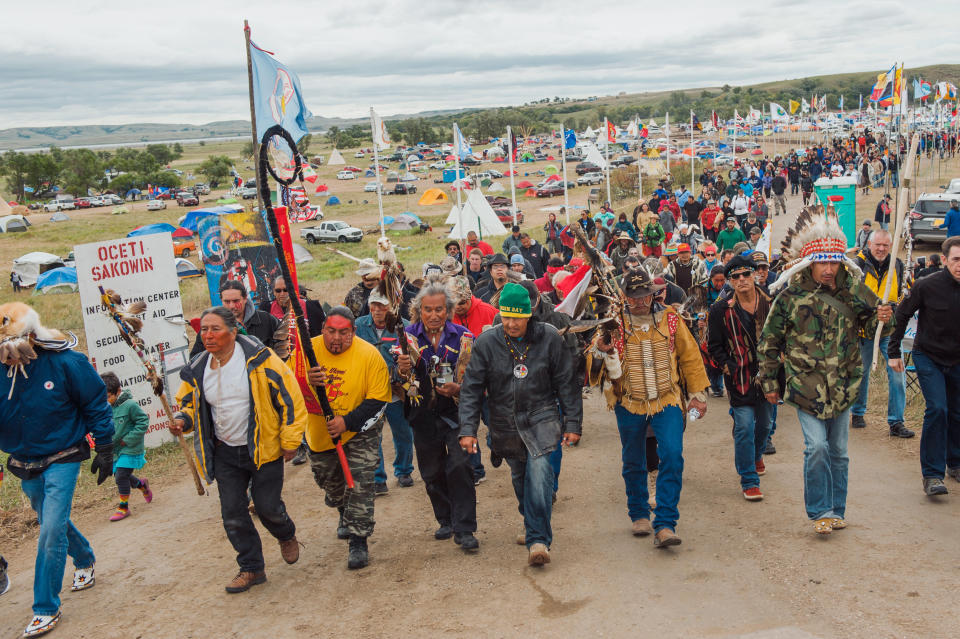
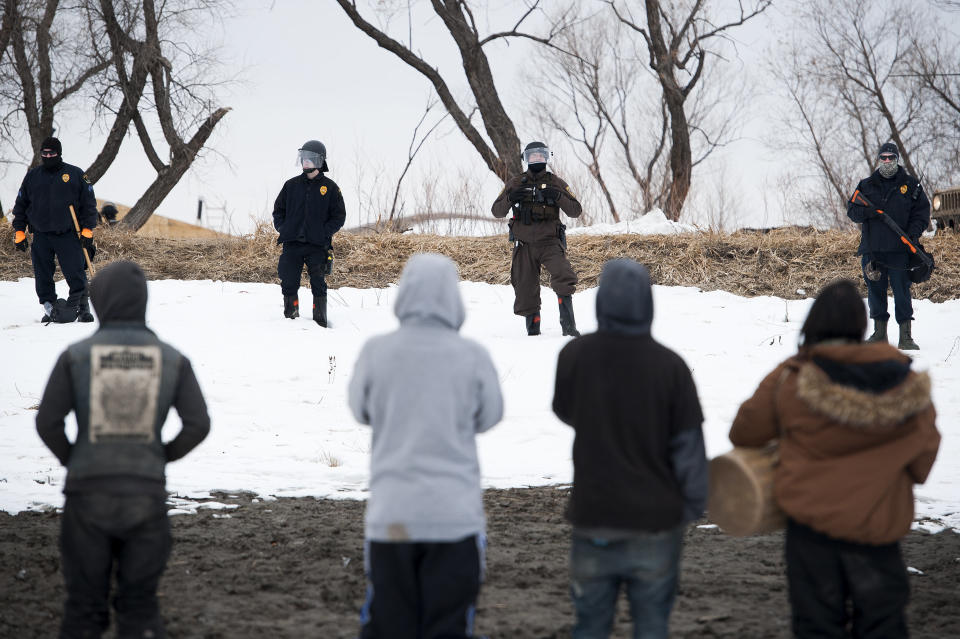
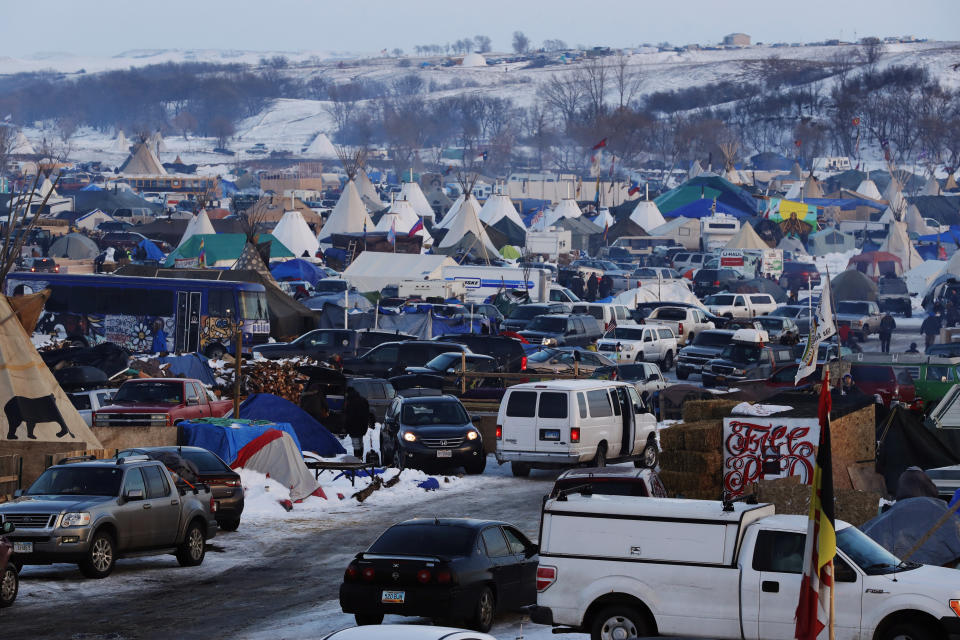
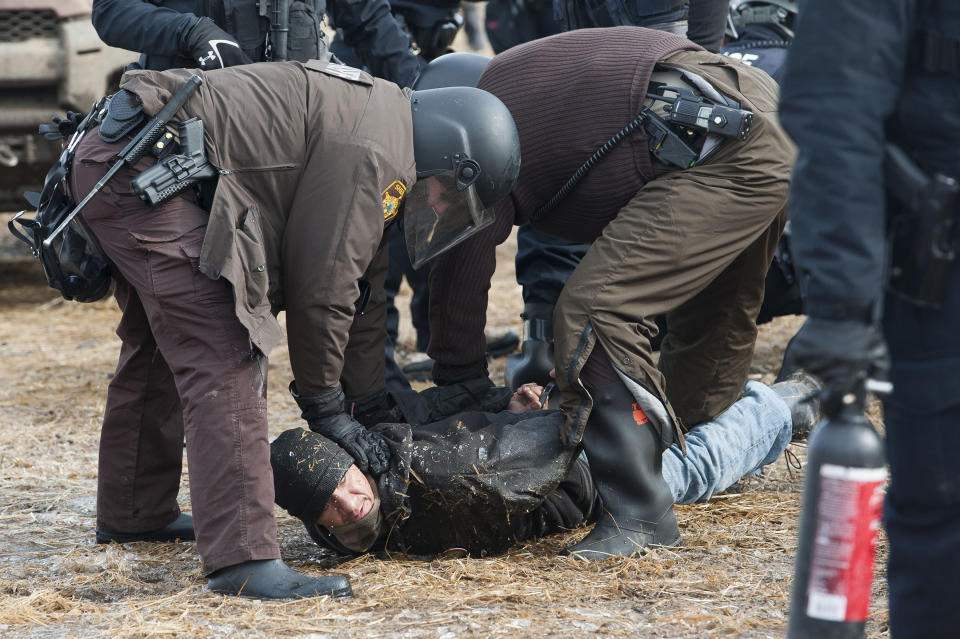
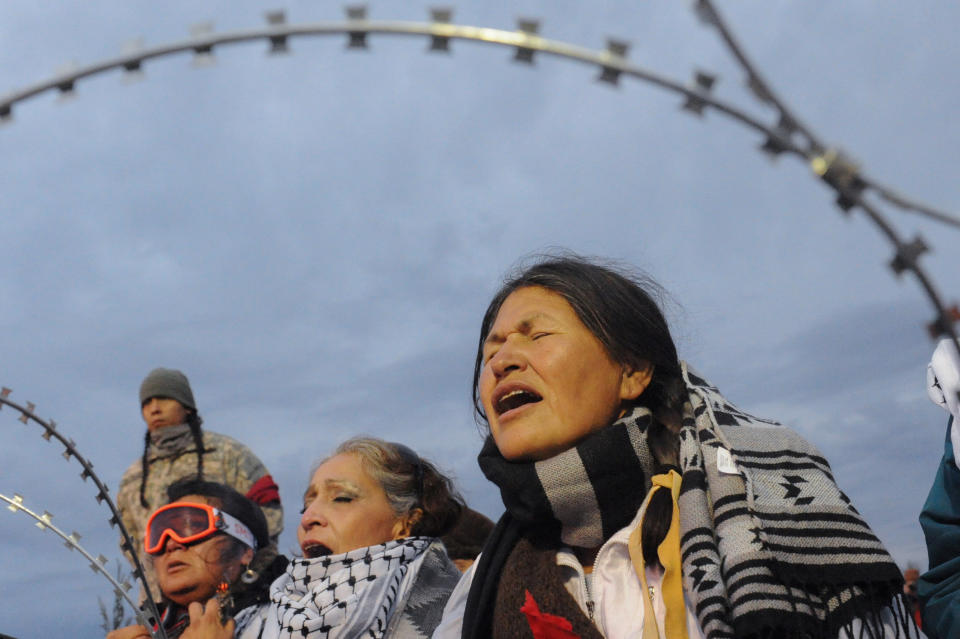
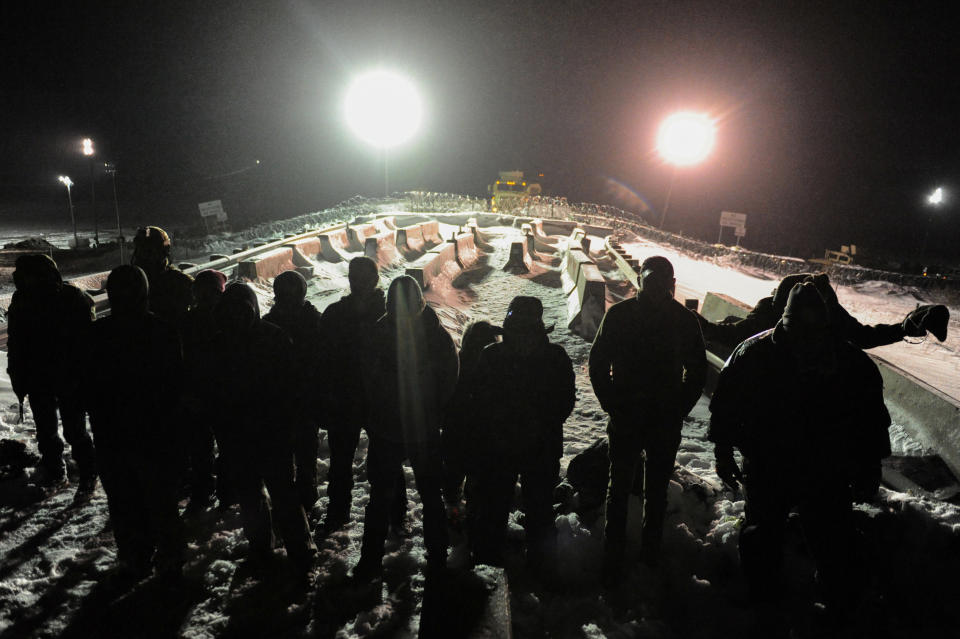
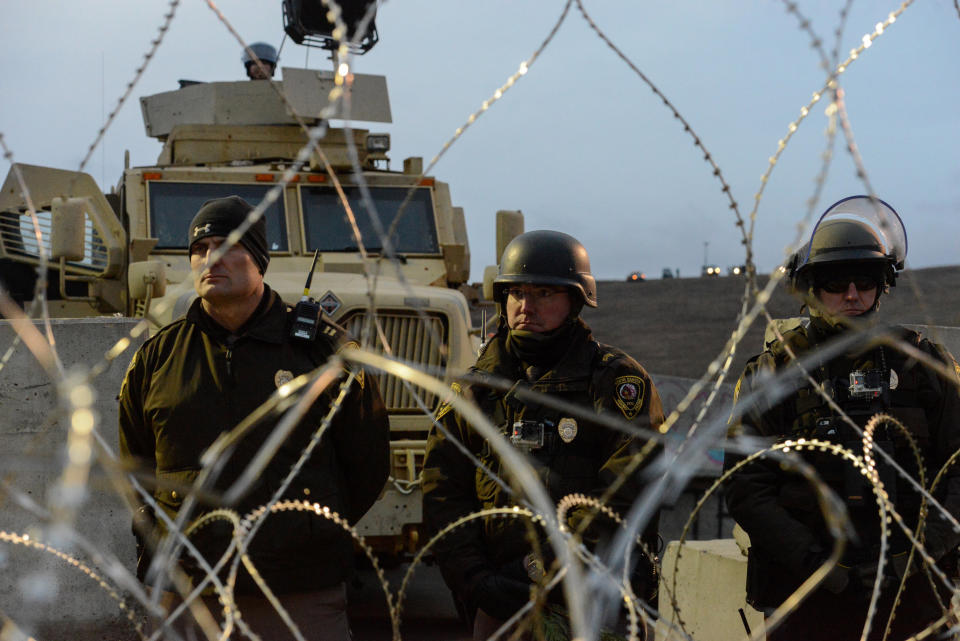
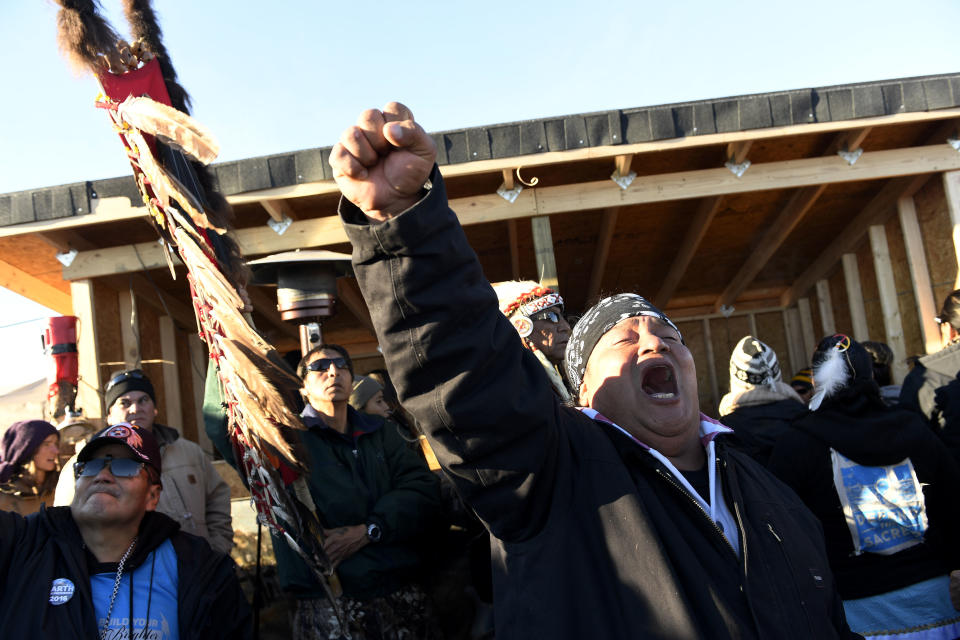
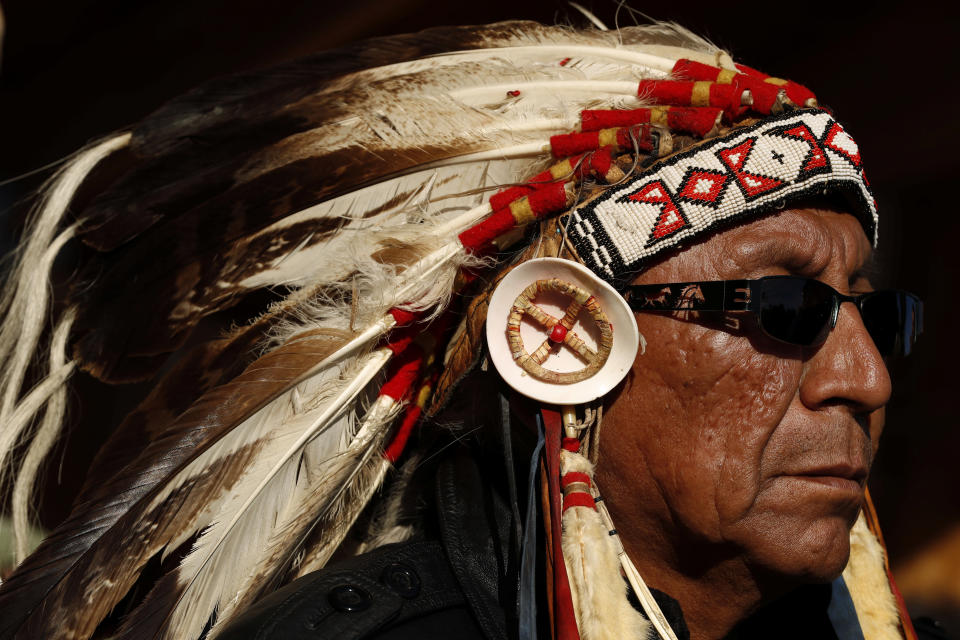
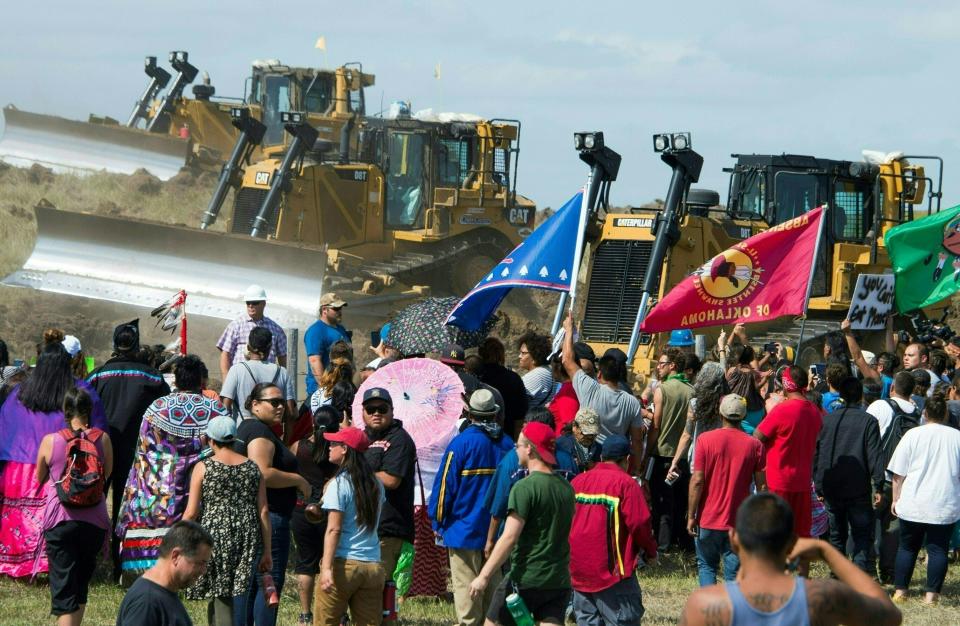
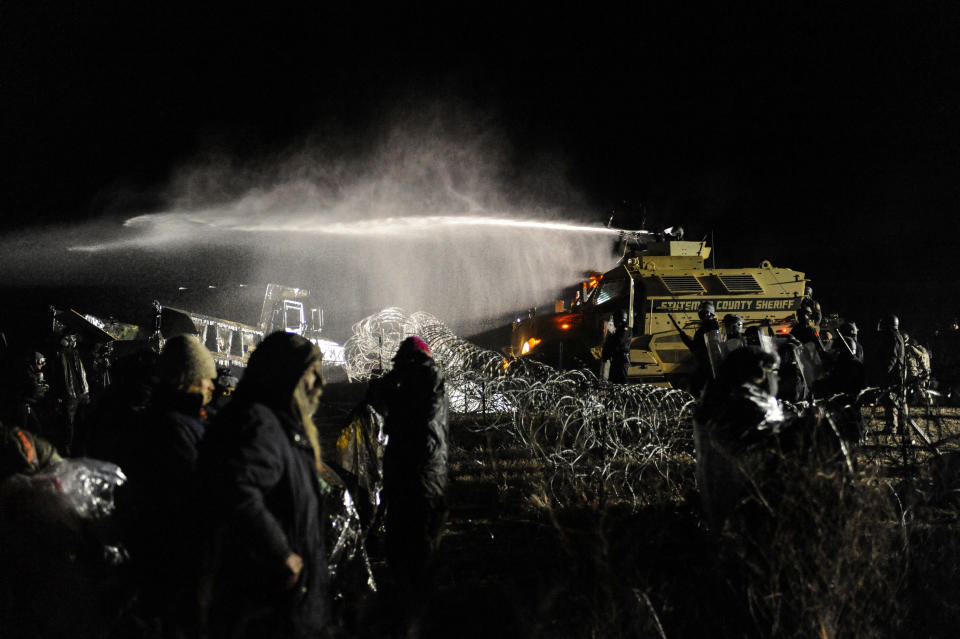
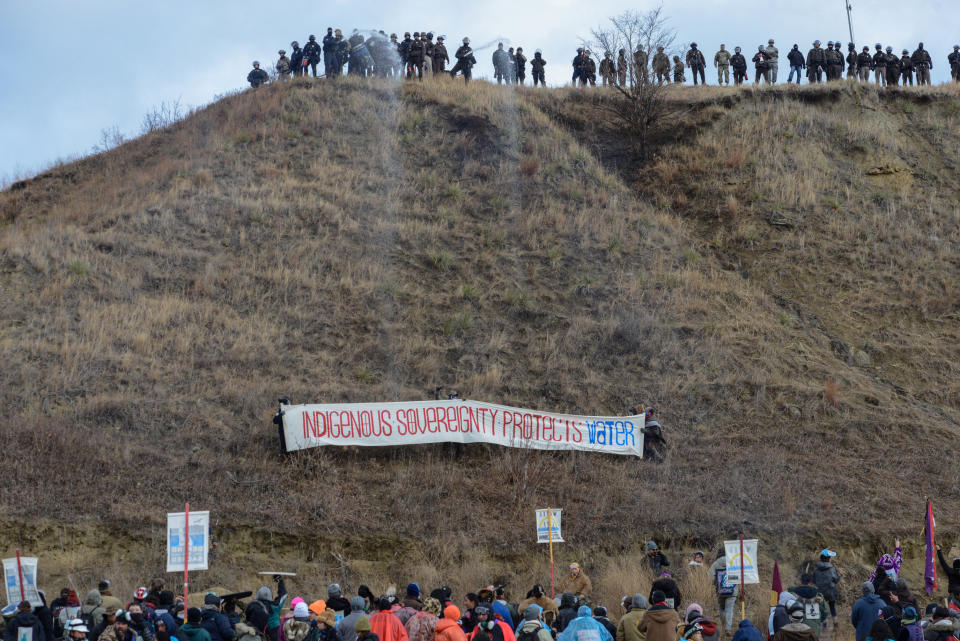
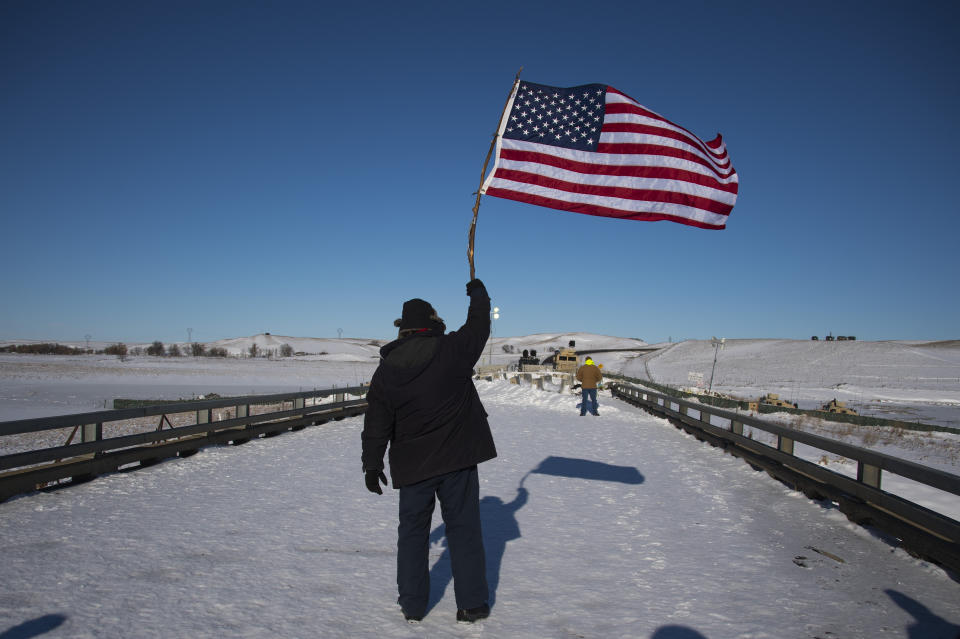
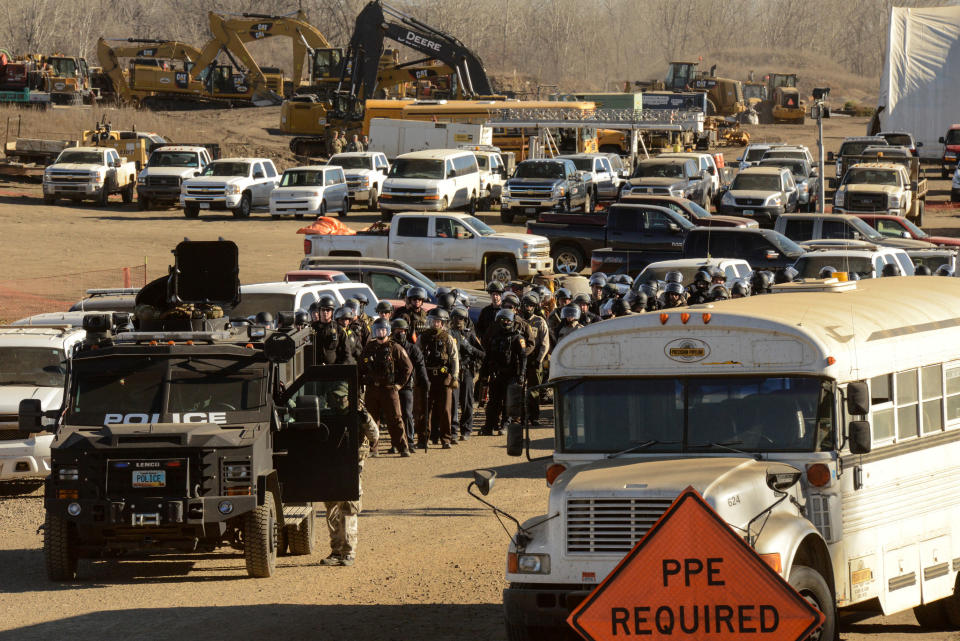
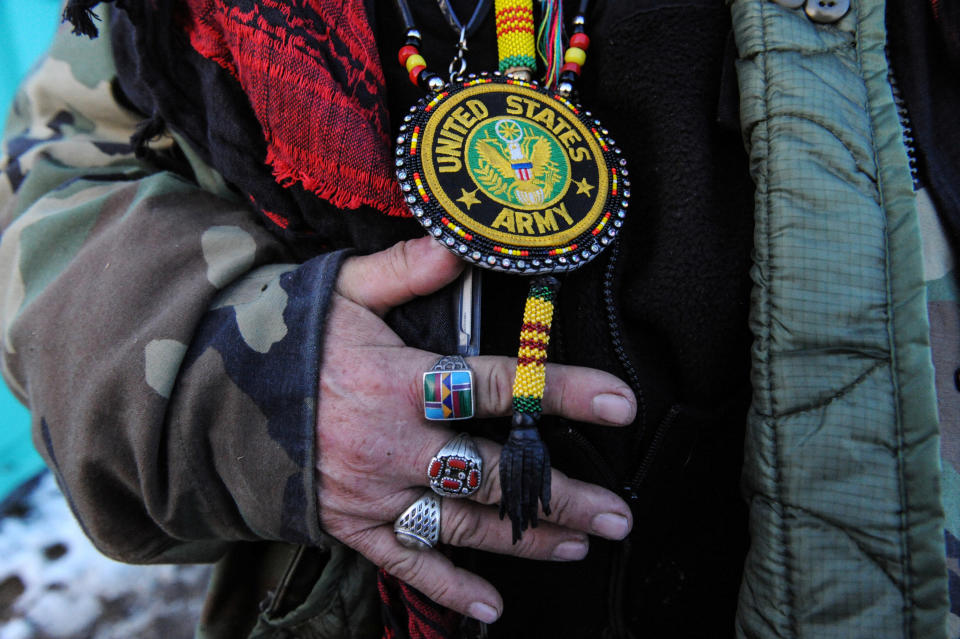
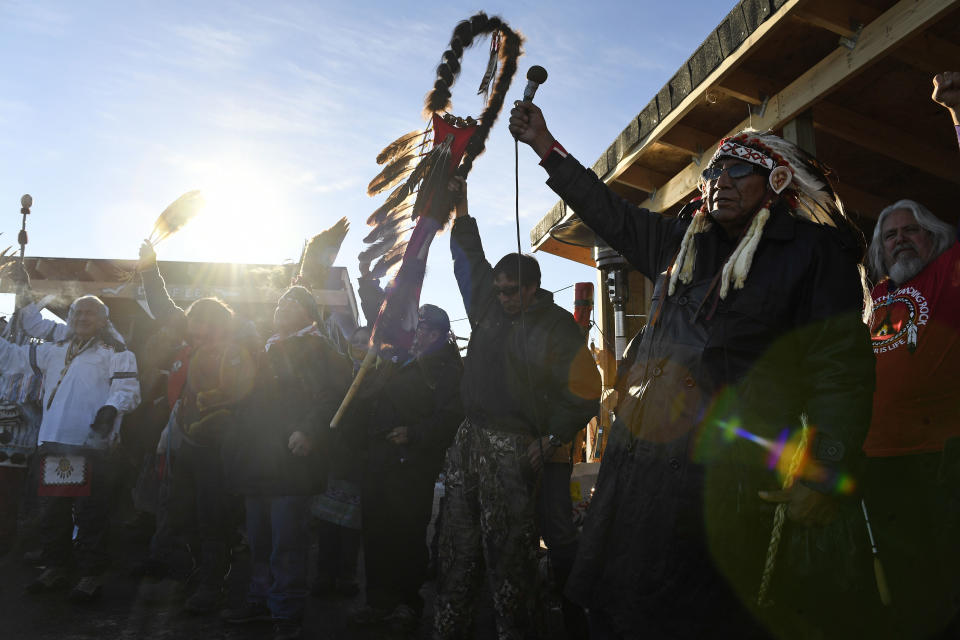
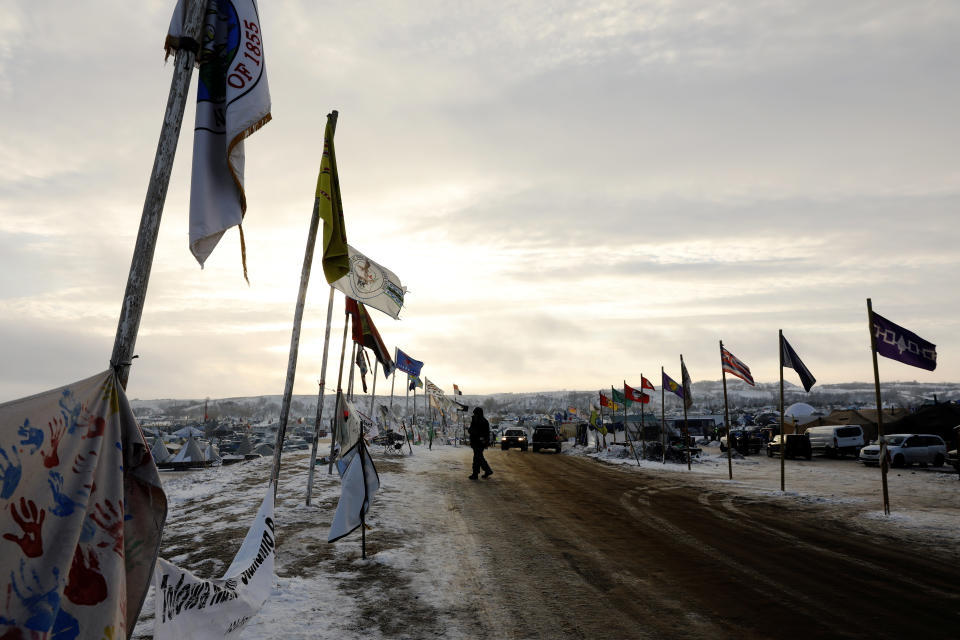
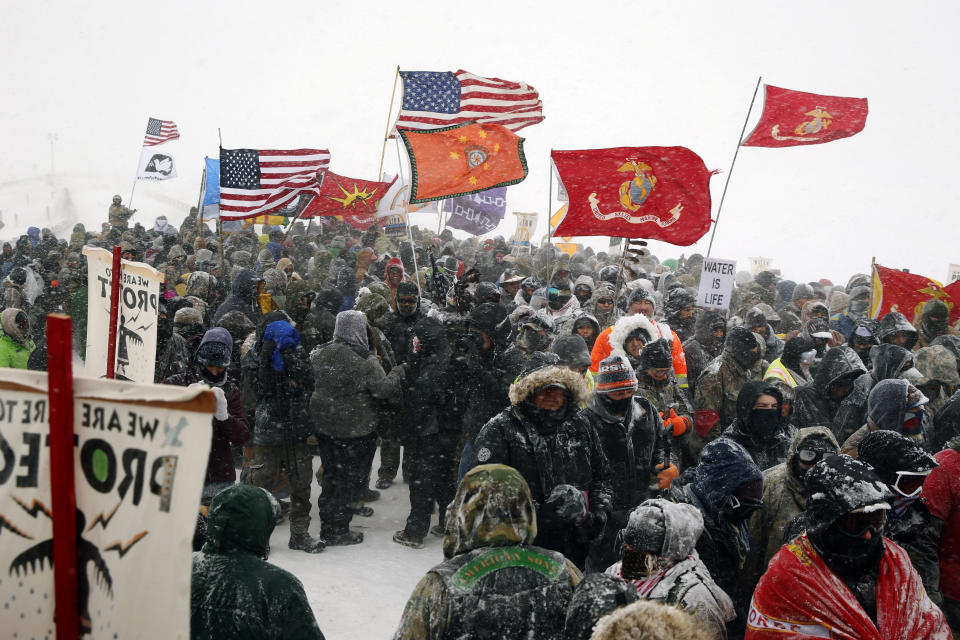
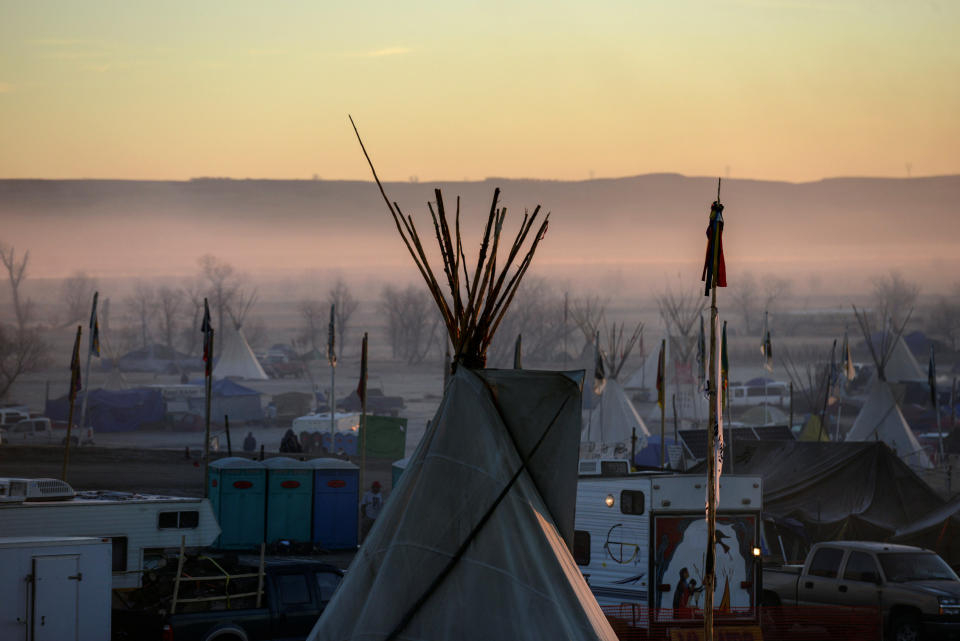
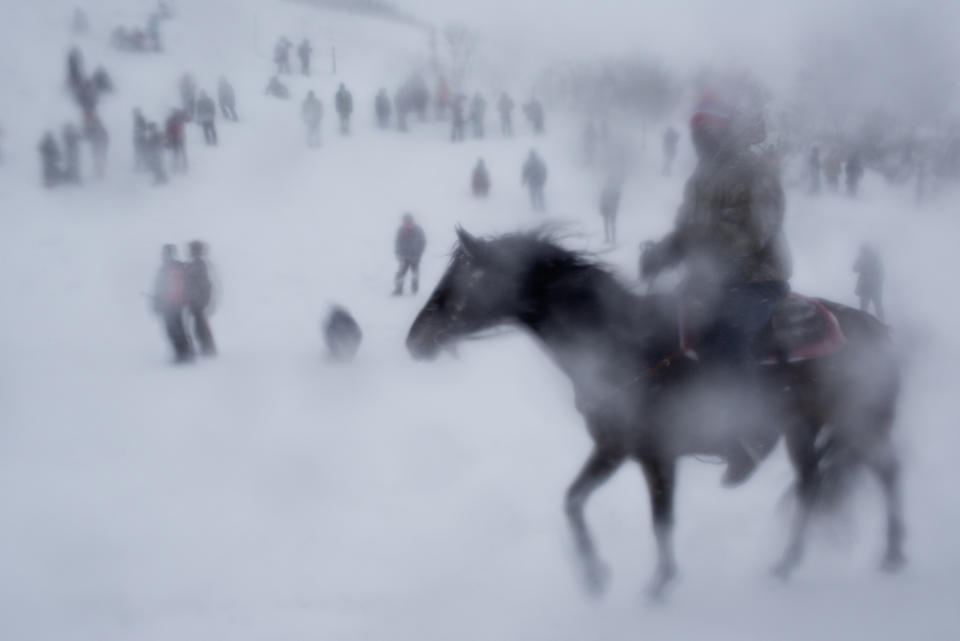
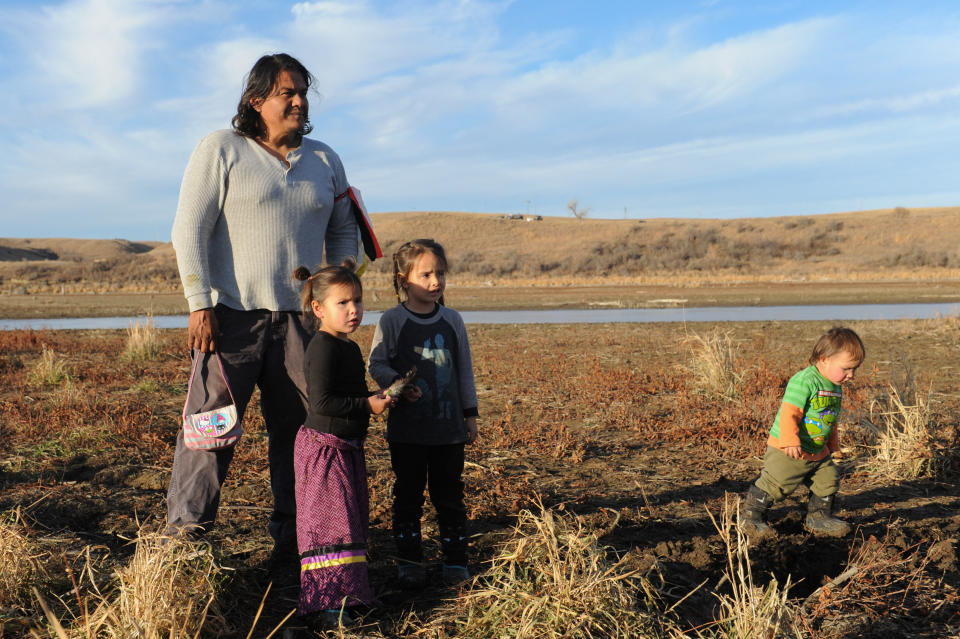
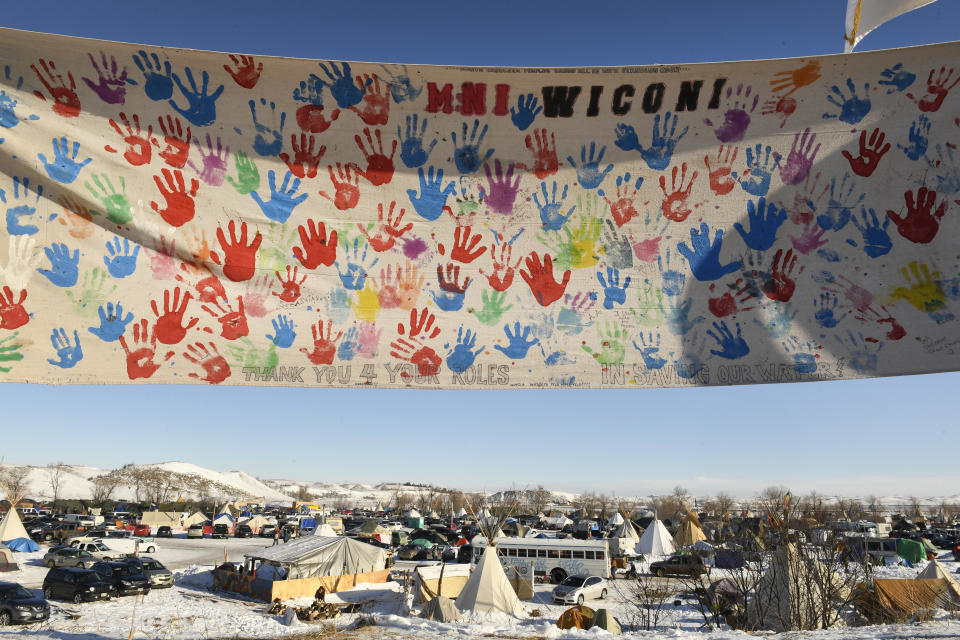
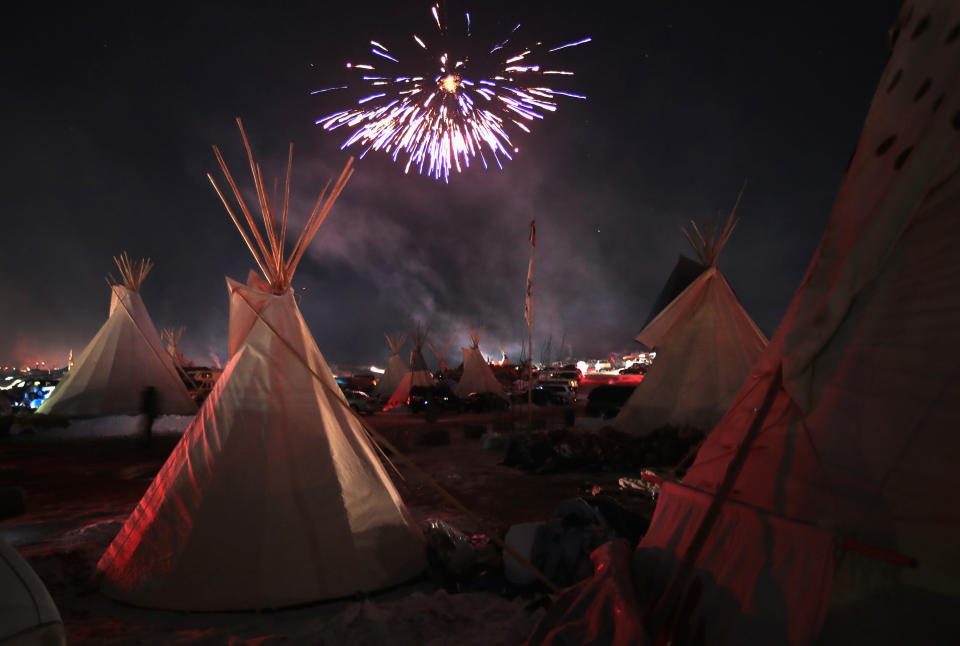
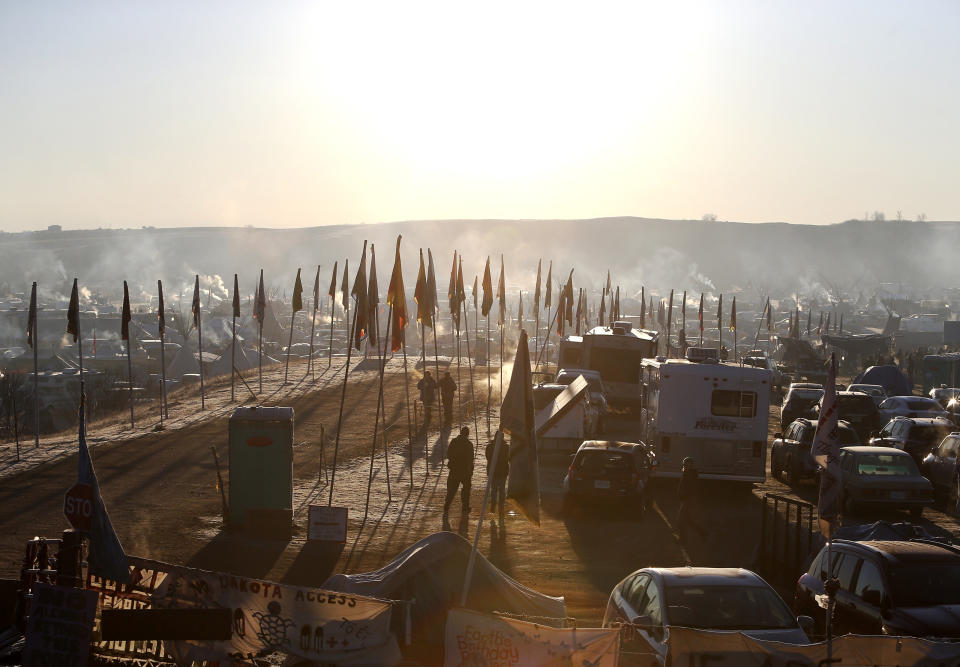
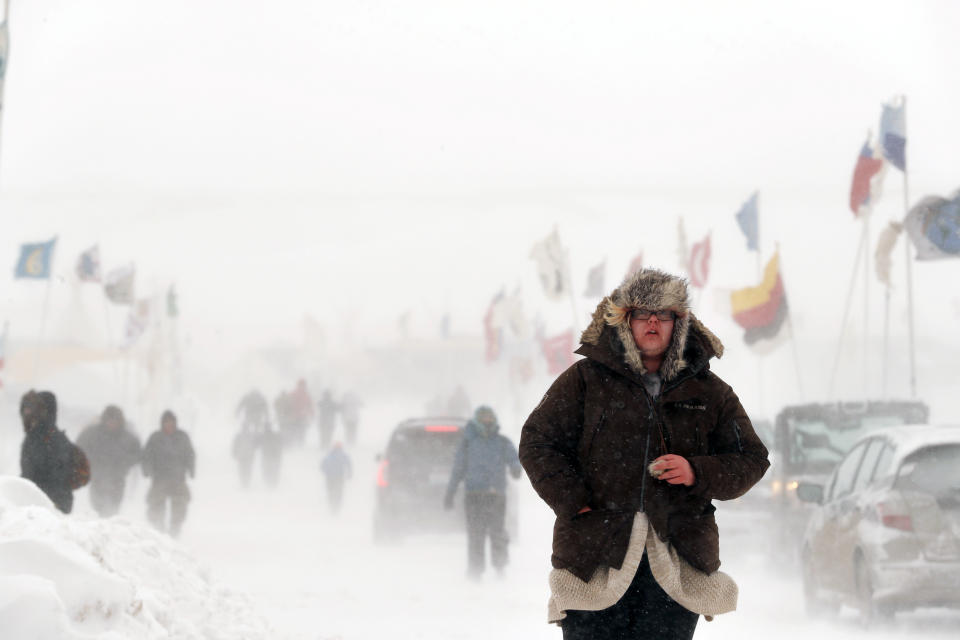
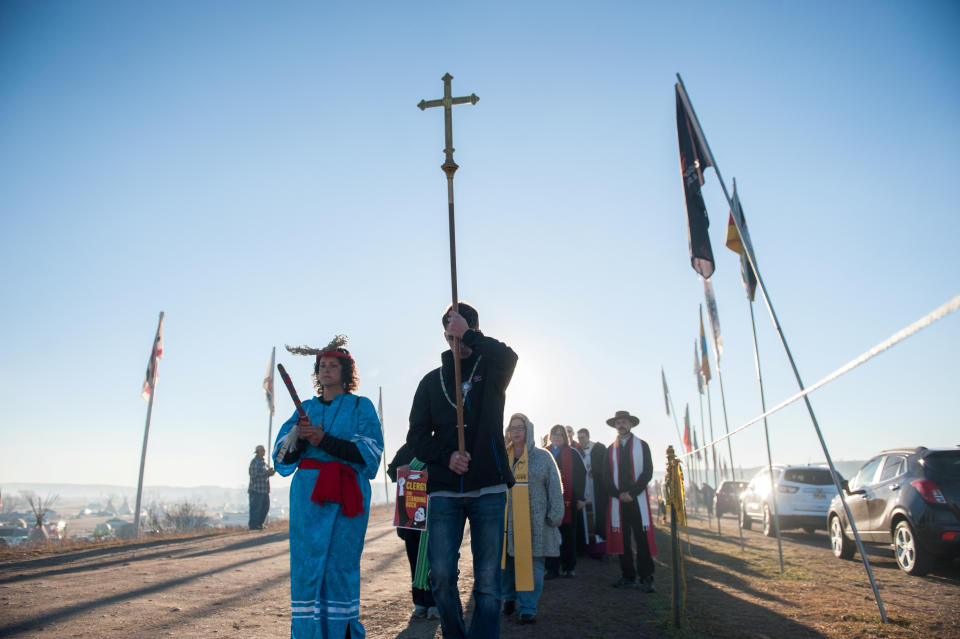
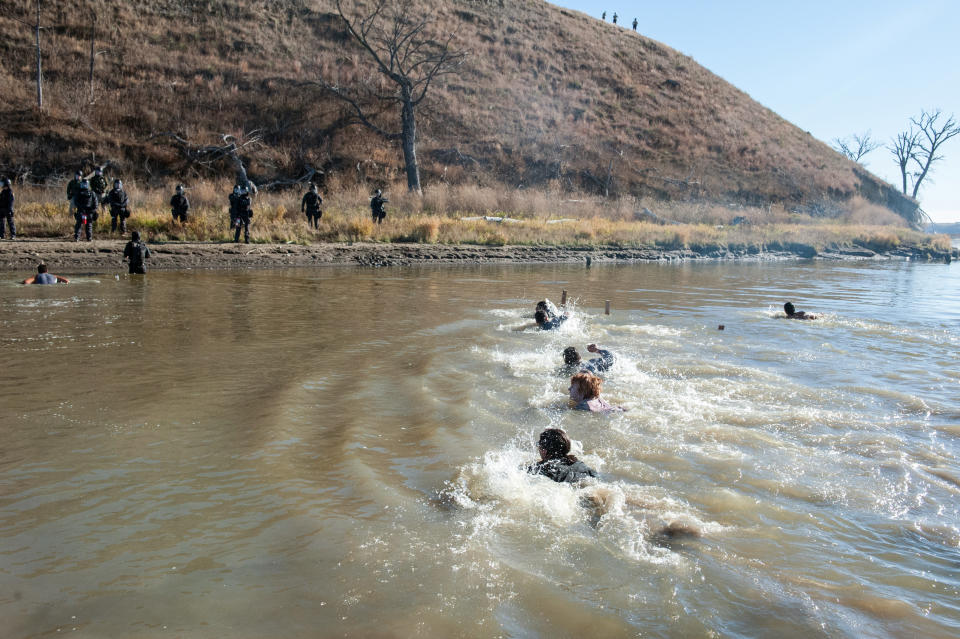
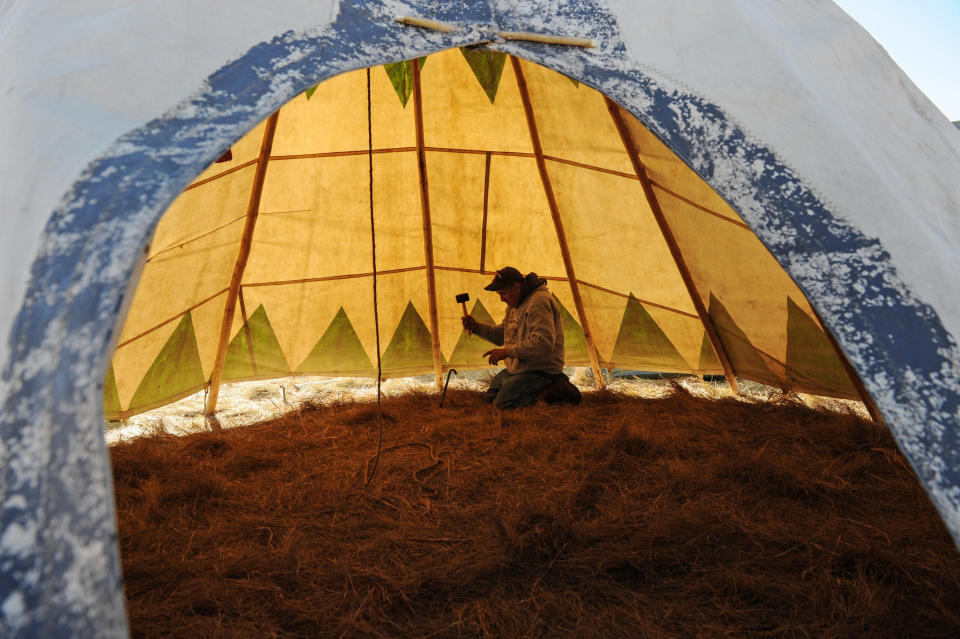
This article originally appeared on HuffPost.

